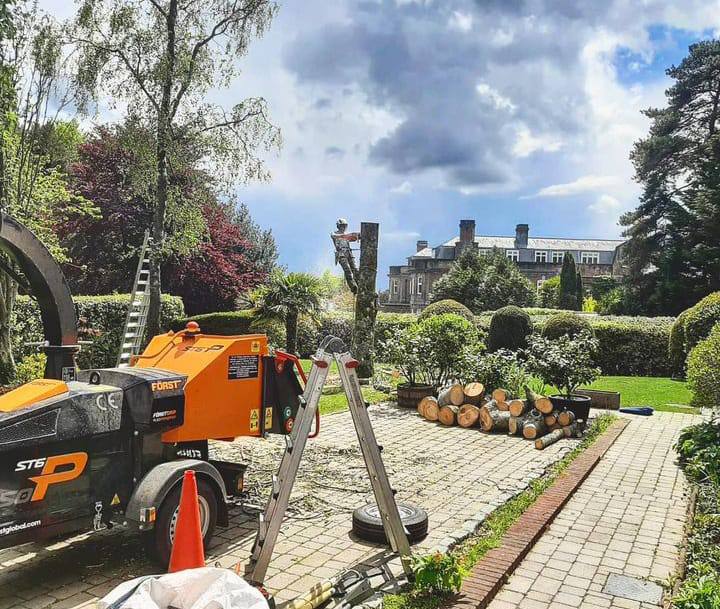The Arborist’s Guide to Tree Planting: Maximising Survival Rates
Introduction: Tree planting is an essential practice for arborists and enthusiasts alike, contributing to environmental conservation, carbon sequestration, and the beautification of landscapes. However, the success of tree-planting projects greatly depends on proper techniques and care during the planting process. In this blog post, Newark on Trent Tree Surgeons provides an arborist’s guide to tree planting, focusing on strategies to maximise tree survival rates and promote healthy growth.
Selecting the Right Tree:
- Native Species: Choose native tree species well-suited to your region’s climate, soil, and environmental conditions. Native trees tend to have higher survival rates and require less maintenance.
- Site Assessment: Conduct a thorough site assessment to ensure the chosen tree species are compatible with the site’s soil quality, drainage, and exposure to sunlight. Avoid areas with poor drainage or compacted soils.
Planting Preparation:
- Proper Timing: Plant trees during the dormant season (late fall to early spring) when the tree is less stressed and can establish its root system before the onset of harsh weather.
- Hole Preparation: Dig a planting hole two to three times wider than the root ball but no deeper. The top of the root ball should be level with or slightly above the soil surface to prevent planting too deep.
- Amending Soil: If necessary, amend the soil with organic matter to improve its fertility, structure, and drainage. Avoid excessive soil amendments, which can create a “bathtub effect.”
Planting Techniques:
- Handle with Care: Handle the tree’s root ball and trunk carefully to avoid damaging the roots or causing stress to the tree.
- Proper Positioning: Position the tree in the centre of the planting hole, ensuring it stands straight and upright. Fill the hole with native soil, gently firming it around the roots.
- Watering: Immediately after planting, water the tree thoroughly to settle the soil and remove air pockets around the roots. Provide regular, deep watering during the tree’s first year of establishment.
Mulching and Maintenance:
- Mulch Application: Apply a layer of organic mulch around the tree’s base, leaving a gap around the trunk to prevent moisture buildup and root rot. Mulch helps conserve soil moisture, regulate temperature, and suppress weeds.
- Pruning: Prune only as necessary during the tree’s first few years to shape its structure and remove dead or damaged branches.
- Monitoring: Regularly monitor the tree’s health and growth. Look for signs of stress, disease, or pests and address them promptly.
Protection Measures:
- Tree Guards: Install tree guards to protect young trees from wildlife browsing and mechanical damage.
- Staking: Use stakes or guy wires to support the tree if needed, but avoid over-reliance on support structures that may inhibit natural trunk development.
Conclusion: Tree planting is a valuable practice for arborists and environmentalists alike. By following these guidelines from Newark on Trent Tree Surgeons, arborists can maximise the survival rates of newly planted trees, ensuring they thrive and contribute to the beauty and health of our landscapes. Remember that the care and attention given to a young tree during its early years can impact its long-term health and vitality.
Call us on: 01636 556 296
Click here to find out more about Newark on Trent Tree Surgeons
Click here to complete our contact form and see how we can help with your tree’s needs.

